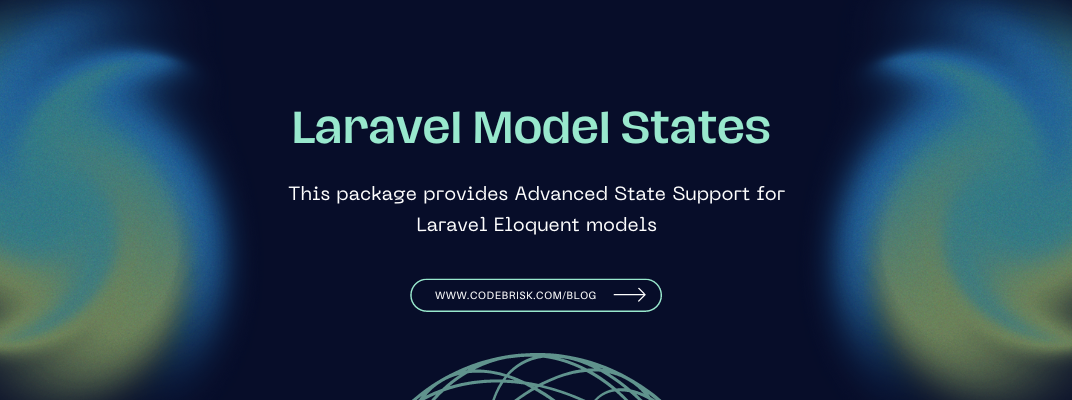Blog Detail
02
Nov
arrow_back Advanced State Support for Laravel Eloquent Models by Spatie
Laravel Model States is a package by Spatie that adds state support to models. It combines concepts from the state pattern and state machines. It is recommended that you’re familiar with both patterns if you’re going to use this package.
Installation
You can install the package via composer:
composer require spatie/laravel-model-states
You can publish the config file with:
php artisan vendor:publish --provider="Spatie\ModelStates\ModelStatesServiceProvider" --tag="model-states-config"
This is the content of the published config file:
return [
/*
* The fully qualified class name of the default transition.
*/
'default_transition' => Spatie\ModelStates\DefaultTransition::class,
];
Usage Example
To give you a feel for how this package can be used, let’s look at a quick example.
Imagine a model Payment, which has three possible states: Pending, Paid, and Failed. This package allows you to represent each state as a separate class, handles the serialization of states to the database behind the scenes, and allows for easy state transitions.
For the sake of our example, let’s say that, depending on the state, the color of payment should differ.
Here’s what the Payment model would look like:
use Spatie\ModelStates\HasStates;
class Payment extends Model
{
use HasStates;
protected $casts = [
'state' => PaymentState::class,
];
}
This is what the abstract PaymentState class would look like:
use Spatie\ModelStates\State;
use Spatie\ModelStates\StateConfig;
abstract class PaymentState extends State
{
abstract public function color(): string;
public static function config(): StateConfig
{
return parent::config()
->default(Pending::class)
->allowTransition(Pending::class, Paid::class)
->allowTransition(Pending::class, Failed::class)
;
}
}
Here’s a concrete implementation of one state, the Paid state:
class Paid extends PaymentState
{
public function color(): string
{
return 'green';
}
}
And here’s how it is used:
$payment = Payment::find(1);
$payment->state->transitionTo(Paid::class);
echo $payment->state->color();
For more details, Please visit its documentation here.
Published at : 02-11-2022
Rizwan Aslam
I am a highly results-driven professional with 12+ years of collective experience in the grounds of web application development especially in laravel, native android application development in java, and desktop application development in the dot net framework. Now managing a team of expert developers at Codebrisk.

Launch project
